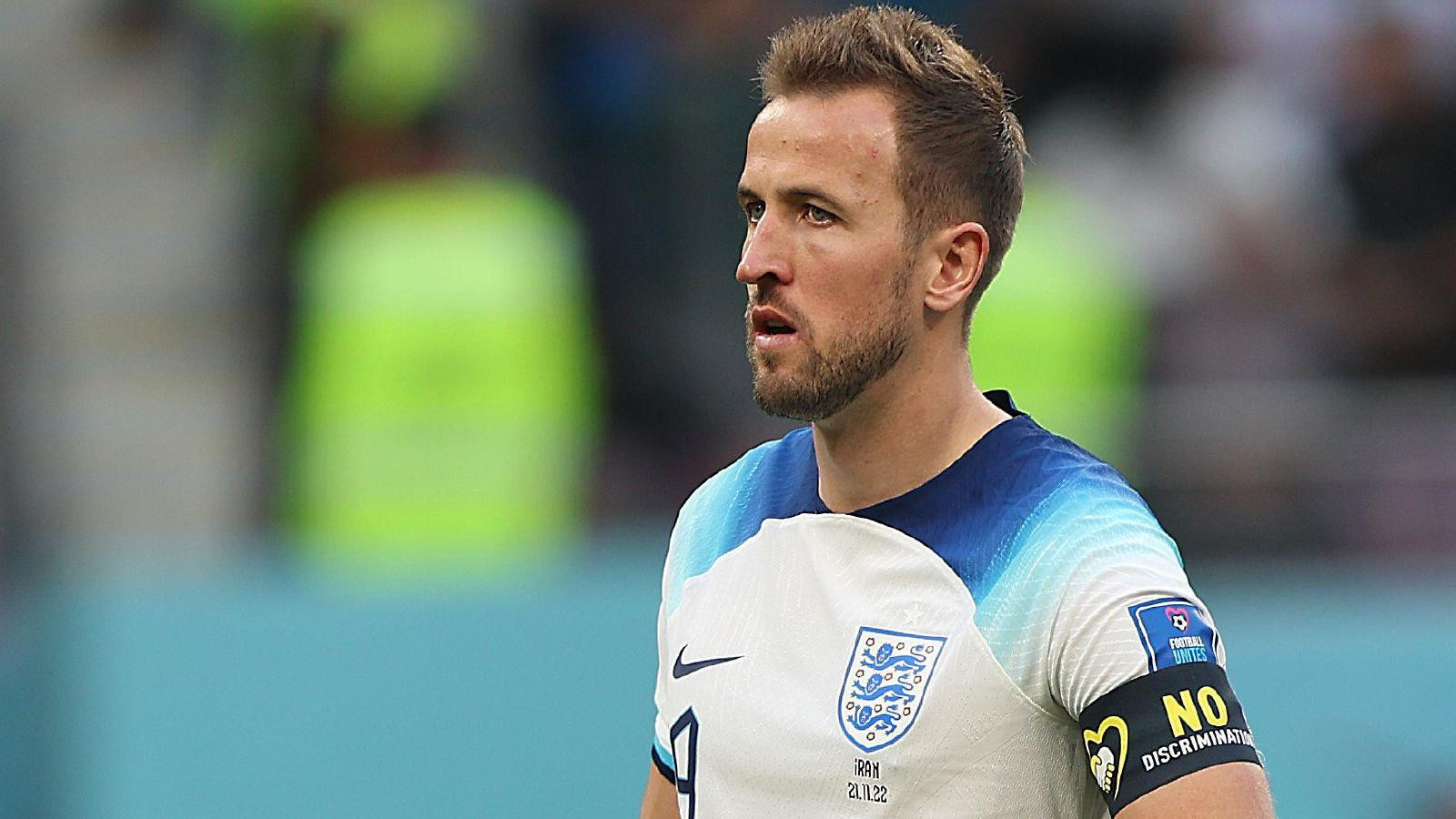England manager Terry Venables hurried from the players' entrance and across to the team bus, climbed the steps and sank into the front seat by the window. David Davies, later an executive director of the FA but then still fresh in his first role as the communications chief, sat down beside him. Davies was deep in crisis mode, issuing instructions and warning of grave consequences. Venables raised a hand to cover his face. His first away game in the job had just been abandoned with 27 minutes played after rioting by England's notorious hooligan element.
It was the night that shamed English football. It was February 15, 1995, and a memorable occasion for Irish sport looked likely after David Kelly put his country 1-0 up against their old rivals at Lansdowne Road. But just moments after Kelly’s 22nd minute goal, the events that transpired have ensured the game has indeed gone down in history, but due to infamy and regret as opposed to goals and glory.
The 6.15pm kick off, designed to deflate any threat of late night trouble, proved futile. The behaviour of England’s fans had already been signified by Nazi salutes and political chants when, following the goal, everything from coins to iron bars rained down from the upper west stand. Footage of violence, bloodied victims, and petrified children in tears was soon broadcast and the condemnation went with it. Dozens were injured, around 40 people arrested, and the notion of an international friendly being abandoned after 27 minutes, momentarily at least, was rendered irrelevant.
A Night of Shame
The game had been billed as a friendly between England and the Republic of Ireland, two countries with a long and often tense history. But the atmosphere inside Landsdowne Road was anything but friendly. English supporters had already been making their presence known in the buildup, with reports of Nazi salutes and chants of “No Surrender to the IRA” being directed at the Irish players.
The match itself was a tense affair, with both sides playing with intensity. However, it was the English supporters who would ultimately steal the headlines. Shortly after David Kelly gave Ireland the lead in the 22nd minute, the violence erupted. Bottles, seating, and other objects rained down from the upper west stand, where England fans were housed. Reports emerged of Nazi salutes and even a knife being brandished.
The Fallout
An official public inquiry was launched in the aftermath of the riot, and the findings were damning. The inquiry concluded that the trouble was caused solely by unprovoked English fans. The Irish authorities were not spared, however, with the inquiry criticizing a police decision to refuse assistance from the National Criminal Intelligence Service in Britain.
It emerged that Irish police had been provided with information that the neo-Nazi group Combat 18 had made plans to travel to Dublin and attend the match. Despite the mob previously being linked with violence at the Italia World Cup in 1990, and in Rotterdam in 1993, that information was perplexingly ignored.
The Football Association of Ireland also came under fire over a lack of crowd segregation. The decision to resell tickets in English sections to home fans put many innocent supporters in grave danger. Mercifully, tragedy was averted, but the perception the FAI had acted with both naivety and neglect was not.
A Turning Point
The Dublin riot was a watershed moment for English football. It brought into sharp focus the problem of hooliganism, which had plagued the sport for decades. The incident forced the Football Association to take action, and a series of measures were introduced to combat the problem, including the formation of a dedicated hooligan unit.
It was a long and arduous process, but the efforts paid off. By the time England hosted the 1996 European Championship, the threat of violence had been significantly reduced. However, the memories of that night in Dublin continue to serve as a reminder of the dangers of hooliganism, and the importance of tackling the problem head-on.
A Legacy of Shame
The 1995 riot in Dublin was a dark chapter in the history of English football. It was a night of shame that should never be forgotten. The incident served as a wake-up call for the sport, and it led to significant changes that helped to improve the behavior of English fans both at home and abroad.
But the Dublin riot also had a lasting impact on the relationship between England and Ireland. The two countries have since played each other on a number of occasions, but the memory of that night in Dublin continues to linger. It is a reminder that the old rivalries can still simmer beneath the surface, and that even in the modern age, football can be a catalyst for violence.


















